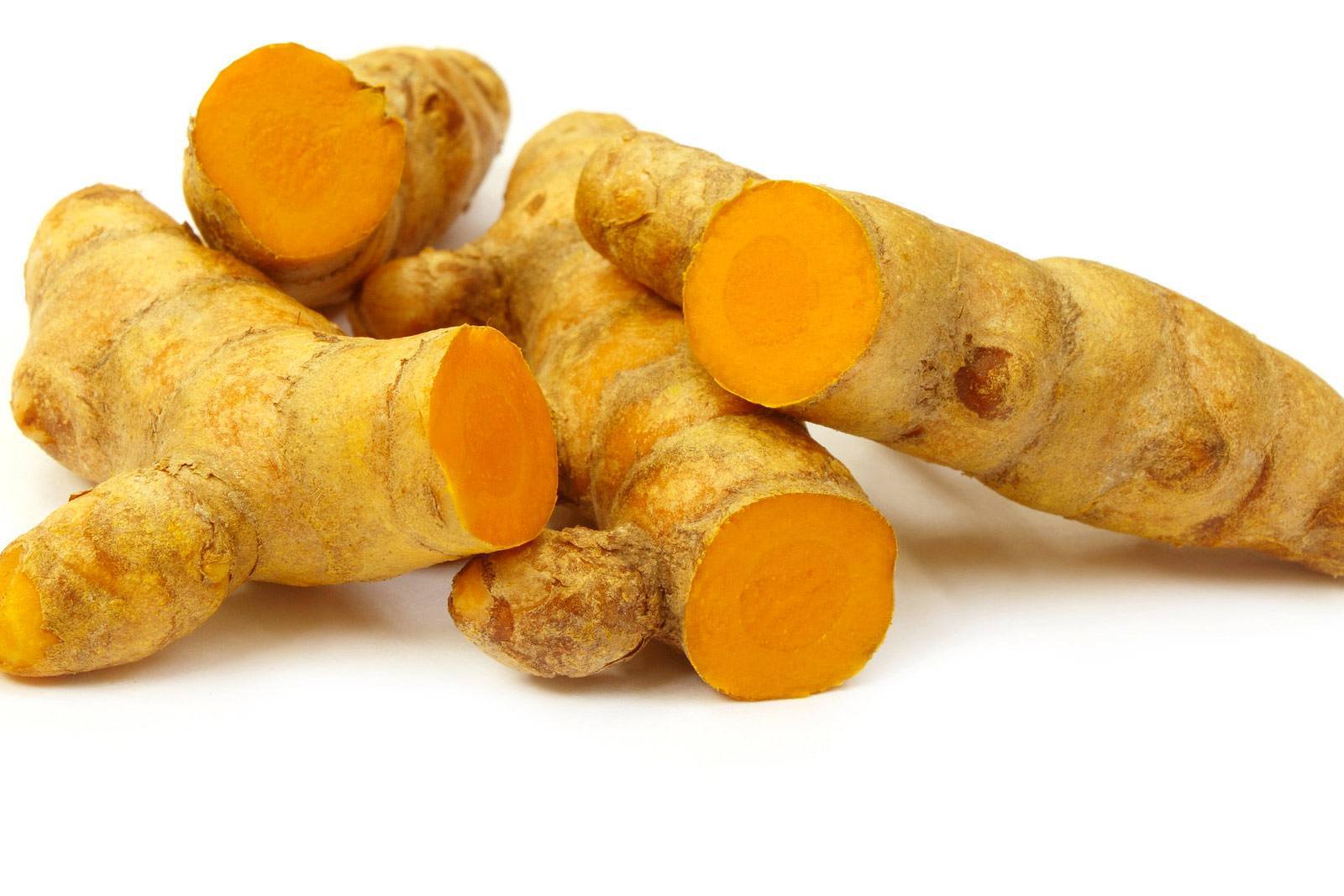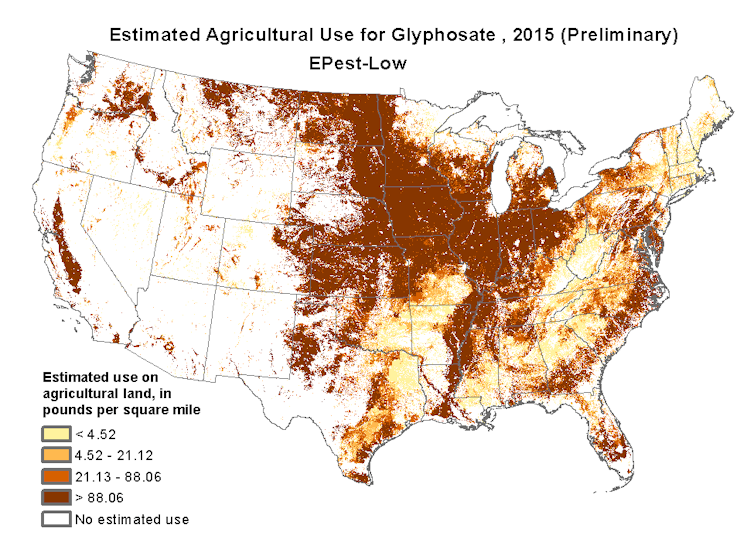(Natural Blaze) The scientific journal Critical Reviews in Toxicology has issued a rare “Expression of Concern” and requested corrections to articles it published that failed to fully disclose Monsanto’s role in reviews of glyphosate’s cancer risks.
The journal said all five articles it published in a 2016 supplemental issue titled “An Independent Review of the Carcinogenic Potential of Glyphosate” failed to include an accurate disclosure of the pesticide-maker’s involvement.
The five articles at issue were all highly critical of the 2015 finding by the World Health Organization’s International Agency for Research on Cancer that glyphosate, the main ingredient in Roundup, is a probable human carcinogen.
“It’s deplorable that Monsanto was the puppet master behind the supposedly ‘independent’ reviews of glyphosate’s safety,” said Nathan Donley, a senior scientist at the Center for Biological Diversity. “These papers were manufactured as a way to counteract the World Health Organization’s findings on glyphosate’s cancer risks. They could mislead the public in dangerous ways and should be completely retracted.”
Recommended: How to Avoid GMOs in 2018 – And Everything Else You Should Know About Genetic Engineering
The documents revealing Monsanto’s role in the reviews came to light during a trial that culminated last month when a jury found that exposure to glyphosate products was a “substantial” contributing factor to the terminal cancer of a California groundskeeper, who was subsequently awarded $289 million in damages.
Those documents exposed that Monsanto improperly edited the articles and directly paid some of the authors a consulting fee for their work.
In an October 2017 letter to the publisher, the Center for Biological Diversity and three other national environmental health groups demanded the articles be retracted.
Recommended: New Study Shows Glyphosate Does Cause Tumors and Birth Defects, and More
The Declaration of Interest statement that was originally published with the papers:
- Failed to disclose that at least two panelists who authored the review worked as consultants for, and were directly paid by, Monsanto for their work on the paper;
- Failed to disclose that at least one Monsanto employee extensively edited the manuscript and was adamant about retaining inflammatory language critical of the IARC assessment — against some of the authors’ wishes; the disclosure falsely stated that no Monsanto employee reviewed the manuscript.
Additionally, multiple internal emails from Monsanto indicated the pesticide maker’s willingness to ghostwrite or compile information for the authors of the reviews, dictate the scope of one of the reviews, and identify which scientists to engage or list as authors of the reviews.
In an email sent yesterday to the Center, a representative from the publisher of the articles, Taylor and Francis, wrote: “We note that, despite requests for full disclosure, the original Acknowledgements and Declaration of Interest statements provided to the journal did not fully represent the involvement of Monsanto or its employees or contractors in the authorship of the articles.”
Recommended: GMO Rice Approved While Other GMO Grasses Cannot Be Contained
Several of the authors issued apologies in the updated Declaration of Interest sections of three of the five review papers, including:
- Keith R. Solomon (has worked as consultant for Monsanto)
- David Brusick (has worked as consultant for Monsanto)
- Marilyn Aardema
- Larry Kier (has worked as consultant for Monsanto)
- David Kirkland (has worked as consultant for Monsanto)
- Gary Williams (has worked as consultant for Monsanto)
- John Acquavella (former Monsanto employee, has worked as consultant for Monsanto)
- David Garabrant
- Gary Marsh
- Tom Sorahan (former Monsanto employee, has worked as consultant for Monsanto)
- Douglas L. Weed (has worked as consultant for Monsanto)
Some of the details of the corrections include:
- One of the corrections notes that Dr. John Acquavella was “paid directly by Monsanto” for his participation on one of the expert panels. Acquavella received $20,000 for his work on the review paper. He was not the only review author to accept money from Monsanto, however. Larry Kier received more than $27,000 from Monsanto to author one of the reviews. Another Monsanto email confirms that Dr. Kier was a “consultant” working in “the same role as Acquavella for the expert panel.” A third review author, Dr. Tom Sorahan, may also have received payment directly from Monsanto based on an email exchange between Acquavella and Heydens. The payments Monsanto made to Kier and possibly Sorahan remain uncorrected.
- Another correction states that Monsanto scientist William Heydens “pointed out some typographical errors.” Based on the documents we have, Heydens was far more involved in drafting, editing and organizing the reviews than the correction indicates. In an email correspondence with Dr. Ashley Roberts of Intertek, Heydens admits to writing “a draft introduction chapter” for the series of reviews, then asks Roberts “who should be the ultimate author” of the introduction chapter he ghostwrote. Dr. Heydens’ full involvement in these reviews remains uncorrected despite the fact that many of his edits and revisions can be found in the published final manuscript.
- The reviews were conceived as part of a company plan to discredit IARC well before the agency came to its conclusion that glyphosate is a probable human carcinogen. One of the plan’s stated goals was to “orchestrate outcry with IARC decision, ”while another plan made clear that the company sought a “WHO Retraction” and made it a priority to “invalidate relevance of IARC.” A Monsanto “Post-IARC Meeting” details several scientists that Monsanto pegged as potential authors. The meeting presentation also asks the question, “How much writing can be done by Monsanto scientists to help keep costs down?” In an email under the subject “Post-IARC Activities to Support Glyphosate,” Monsanto executive Michael Koch wrote that the review on animal data cited by IARC should be “initiated by MON as ghost writers,” and “this would be more powerful if authored by non-Monsanto scientists (e.g., Kirkland, Kier, Williams, Greim and maybe Keith Solomon.)
- The authors of these papers cited previous reviews that were ghostwritten by Monsanto. In an email discussing the plan for the review papers, Heydens wrote, “An option would be to add Greim and Kier or Kirkland to have their names on the publication, but we would be keeping the cost down by us doing the writing and they would just edit & sign their names so to speak. Recall that is how we handled Williams, Kroes & Munro, 2000.”
Despite the misconduct that Taylor and Francis acknowledged in the Expression of Concern, the publisher has refused to issue a retraction for the papers, in contradiction to its own Corrections Policy, and has allowed the title of the supplemental issue to retain the phrase “an independent review.”
“This peek behind the Monsanto curtain raises serious questions about the safety of glyphosate,” said Donley. “Monsanto’s unethical behavior and the publisher’s response undermine scientific integrity and ultimately public health.”
Evidence continues to mount about the toxicity of glyphosate, not only to humans, but to the broader environment. Glyphosate was recently found to make honeybees more susceptible to infection from pathogens, implicating it as a contributing factor in worldwide bee declines.
Glyphosate Box [No Naturalblaze affiliation]
Glyphosate Residue Free Certification for Food Brands – Click Here
Test Your Food and Water at Home for Glyphosate – Click Here
Test Your Hair for Glyphosate and other Pesticides – Click Here to Find Our Your Long-Term Exposure





